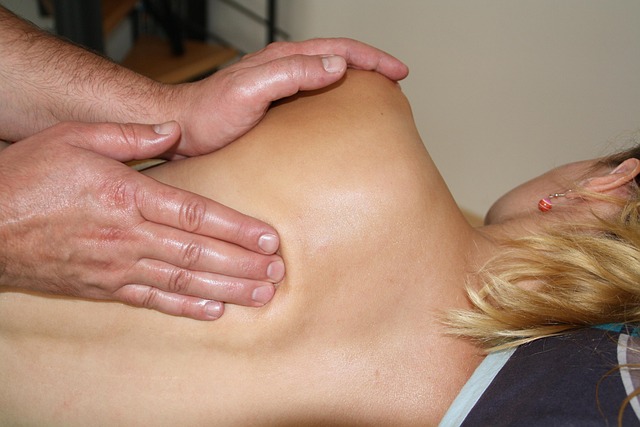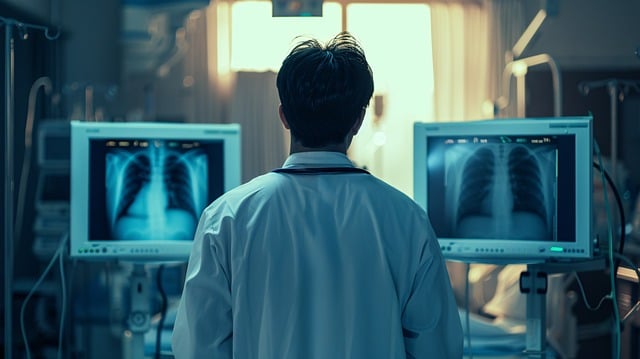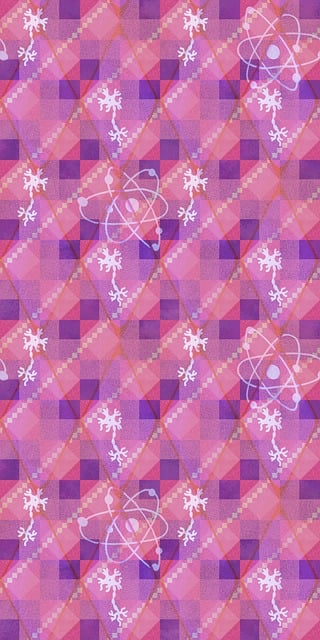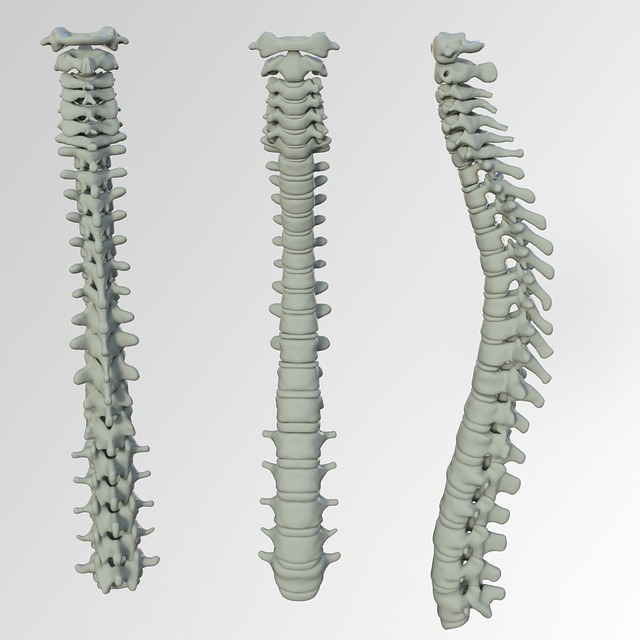Chiropractic support offers an effective holistic approach for managing muscle spasms resulting from motor vehicle accidents. Chiropractors use manual adjustments, targeted exercises, and patient education to address spinal misalignments causing nerve irritation, promoting pain relief and improved mobility. This personalized treatment plan also incorporates therapeutic modalities, posture education, and injury prevention strategies to empower patients in proactively managing symptoms and enhancing quality of life.
“Experience lingering muscle spasms after a motor vehicle accident? Personalized care is key to managing these persistent symptoms. This comprehensive guide explores effective strategies, focusing on chiropractic support as a holistic approach to relief.
We’ll delve into understanding the mechanics of accident-related spasms and how chiropractic care can offer tailored solutions for long-term control. By combining expert knowledge with patient-centric care, we aim to empower individuals on their journey towards a comfortable, spasm-free life.”
- Understanding Motor Vehicle Accident-Related Muscle Spasms
- Chiropractic Care: A Personalized Approach to Relief
- Effective Management Strategies for Long-Term Spasm Control
Understanding Motor Vehicle Accident-Related Muscle Spasms

Motor vehicle accidents (MVA) can cause a myriad of injuries, and one common yet often overlooked consequence are muscle spasms. These spasms can result from direct trauma to muscles or tissues during the incident, or they may develop as a secondary response to underlying injuries like whiplash. In the context of MVA-related muscle spasms, chiropractic support has proven effective in managing pain and promoting healing. Chiropractic professionals employ various techniques to assess and address these spasms, focusing on manual adjustments, targeted exercises, and patient education.
Chiropractic care offers a holistic approach to treating motor vehicle accident-related muscle spasms. Through manipulation of the spine and joints, chiropractors can help alleviate tension in affected muscles, improve circulation, and restore range of motion. Additionally, they may incorporate therapeutic modalities like heat/ice therapy, electrical stimulation, or massage to further enhance healing. By combining these interventions with patient education on posture, ergonomics, and injury prevention strategies, chiropractic support empowers individuals to actively manage their symptoms and expedite recovery after a motor vehicle accident.
Chiropractic Care: A Personalized Approach to Relief

Chiropractic care offers a personalized approach to alleviating ongoing muscle spasms, especially those resulting from motor vehicle accidents. Chiropractors focus on the relationship between the spine and nervous system, believing that misalignments or subluxations in the spinal column can disrupt nerve impulses and lead to muscle tension and spasms. Through specialized adjustments, chiropractors aim to correct these misalignments, providing targeted relief for accident-related muscle spasms.
This hands-on therapy is tailored to each patient’s unique needs. Chiropractors consider factors like injury severity, recovery stage, and individual responses to treatment. They may incorporate various techniques, such as spinal adjustments, soft tissue therapy, and exercise recommendations, to offer comprehensive chiropractic support. By addressing the underlying causes of muscle spasms, this personalized approach can help patients find lasting relief and improve their overall mobility and well-being after a motor vehicle accident.
Effective Management Strategies for Long-Term Spasm Control

Managing long-term muscle spasms requires a multifaceted approach, especially after an injury like a motor vehicle accident. Chiropractic care plays a significant role in offering personalized treatment for such persistent issues. Chiropractors employ various techniques to effectively manage and control spasms over time. One key strategy is manual therapy, which includes gentle adjustments to the spine and affected joints. This hands-on approach helps reduce nerve irritation and muscle tension, providing immediate relief and promoting long-term healing.
Additionally, chiropractors often recommend specific exercises and stretching routines tailored to the patient’s needs. These exercises target spasmed muscles, improving flexibility and strength over time. Chiropractic support for motor vehicle accident-related muscle spasms also involves educating patients on proper posture, ergonomics, and lifestyle modifications. By addressing these aspects, individuals can proactively manage their symptoms, reduce recurrences, and improve overall quality of life.
Personalized care is key when managing ongoing muscle spasms, especially after a motor vehicle accident. Chiropractic support offers a tailored approach, combining various techniques to provide relief and improve long-term spasm control. By understanding the specific needs of each individual, chiropractors can effectively manage symptoms, enabling patients to regain comfort and mobility. This comprehensive approach ensures that those suffering from motor vehicle accident-related muscle spasms receive the best possible care for a smoother road to recovery.














